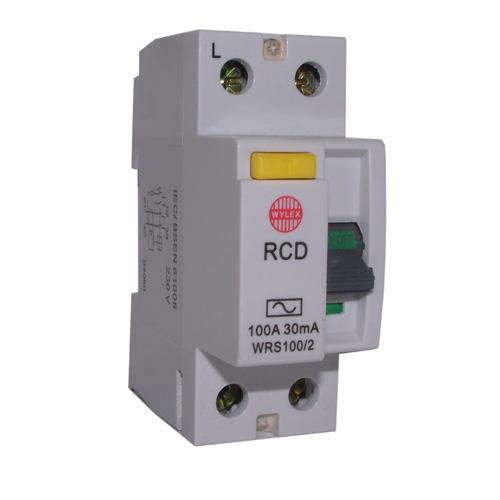Hi all, just looking for a bit of advice. Currently got a MK Sentry consumer unit which states to "BS 5486 PT 13". Is it recommended that this be replaced with a new unit to current standards?
I know in an ideal world everything would be to current standards but my question is can anyone advise me the pros and cons of doing this?
If I had additional sockets added for example would there be any issues on my existing unit?
I know in an ideal world everything would be to current standards but my question is can anyone advise me the pros and cons of doing this?
If I had additional sockets added for example would there be any issues on my existing unit?


